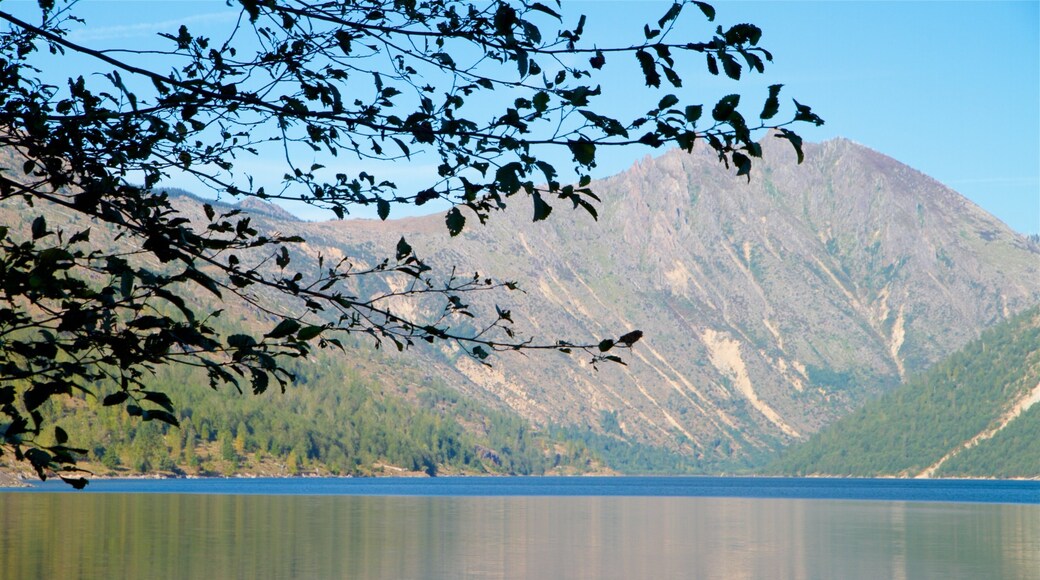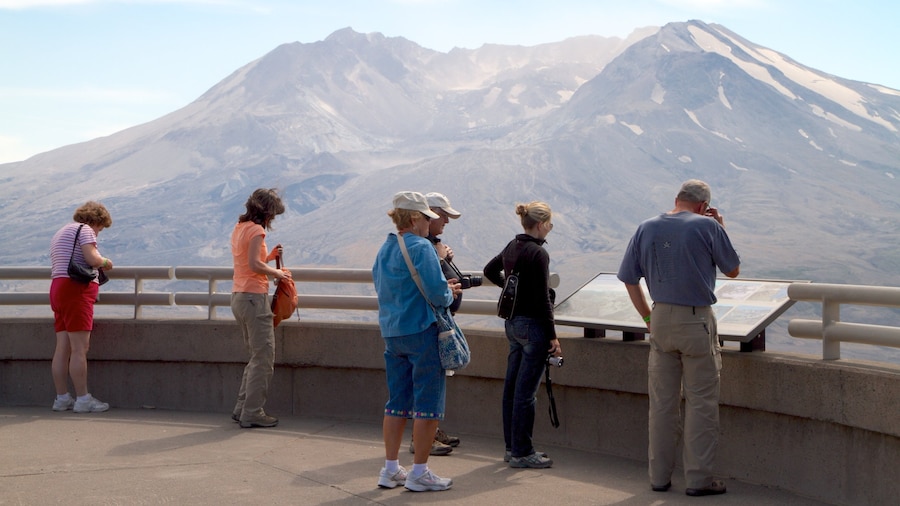Whether you fish in it, hike around it or boat across it, explore the azure-colored lake that was formed by the 1980 eruption of Mount St. Helens.
If you explored the Cascade Range a few decades ago, you wouldn’t have been able to visit Coldwater Lake, because it didn’t exist. When Mount St. Helens erupted on May 18, 1980, it covered much of southern Washington and northern Oregon in ash. When the dust settled several days later, Coldwater Lake was there, created when the debris dammed the Coldwater Creek Valley. Today, hike around the lake and learn about where and how this remarkable geographic event took place.
Find Coldwater Lake in the midst of the Mount St. Helens National Volcanic Monument. While you’re here explore other destinations within the park. Stop at the Mount St. Helens Visitor Center at Silver Lake to learn about the volcano's history. At Johnston Ridge Observatory, located in the heart of the blast zone, see stunning views of the collapsed crater. Visit the gift shop, restaurant and informative exhibits at the Coldwater Ridge Visitor Center.
Hike along the “Birth of a Lake” interpretive trail. Along this path, learn how the volcanic eruption of Mount St. Helens yielded a shimmering blue lake. The 0.5 mile-long (0.8-kilometer) wheelchair-accessible trail is a good option for hikers of all levels.
Enjoy a picnic along the shore. Use the park boat launch to gain lake access. Go fishing for rainbow and cutthroat trout. The Coldwater Lake Recreation Area is for day use only. For overnight camping, head to nearby Seaquest State Park. Fish, swim and boat on Silver Lake and sleep under the stars.
Mount St. Helens is a popular destination for climbers. Before you scale its 8,363-foot (2,549-meter) peak, make sure that you’re properly outfitted and fully prepared for conditions on the still-active volcano.
Amenities within the Mount St. Helens National Volcanic Monument are quite limited. Drive to the town of Castle Rock, which is less than an hour away, for restaurants, shops and accommodations.
















